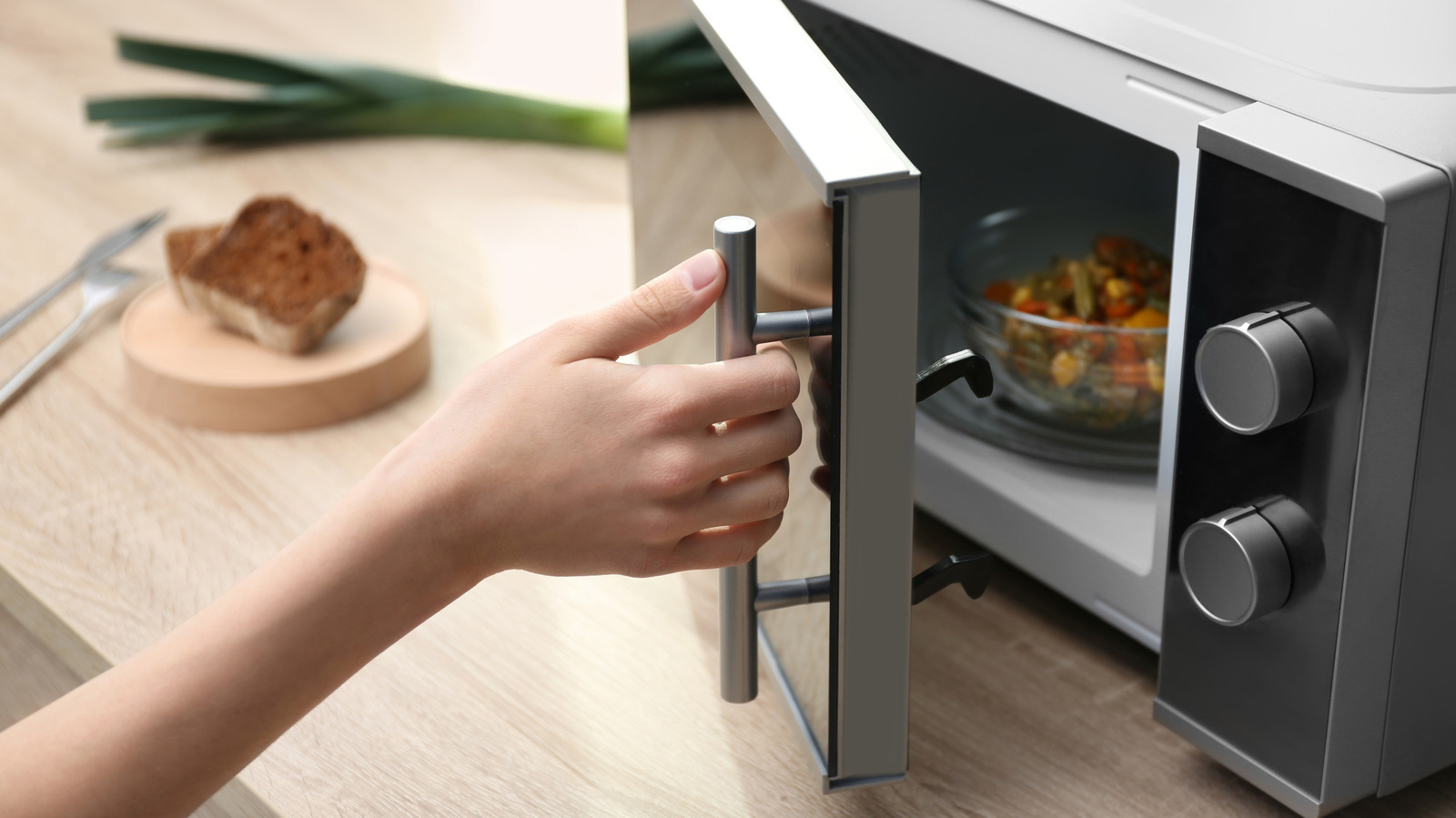
"It's no secret that glass is a popular go-to for storing leftovers, meal prepping, and reheating food. In general, microwaving glass is fine - as long as the container is labeled microwave-safe. Tempered glass, like Pyrex ( which will last longer if you know what you're doing) or other brands designed for baking or reheating, can typically handle the microwave without an issue. But not all glassware is created equal."
"The biggest concern with microwaving glass is thermal shock - the sudden change in temperature that can cause it to crack or even shatter. That's why you shouldn't microwave a glass dish straight from the fridge. Let it come to room temperature first, and never pour cold liquid into hot glass or vice versa. If your glassware is cloudy, chipped, or etched from frequent dishwashing, it may be more prone to breakage and should be used with extra caution."
"If you're planning to microwave a glass container, always check the bottom for a microwave-safe label first. Even with approved containers, avoid sealing the lid completely - steam needs a place to escape, and tightly sealed lids can create pressure that cracks the glass or causes spills. If your dish comes with a vented lid, use it. If not, drape a paper towel or leave a corner open."
Microwaving glass is generally safe when the container is labeled microwave-safe and made of tempered glass like Pyrex. Decorative dishes, some vintage glass, and items with metallic paint or trim should never be microwaved. Thermal shock from sudden temperature changes can crack or shatter glass; allow chilled glass to reach room temperature and avoid pouring cold liquid into hot glass. Cloudy, chipped, or etched glass is more prone to breakage. Always check for a microwave-safe label, avoid sealing lids completely to let steam escape, stir food halfway through heating, and use protection when removing hot containers.
Read at Tasting Table
Unable to calculate read time
Collection
[
|
...
]